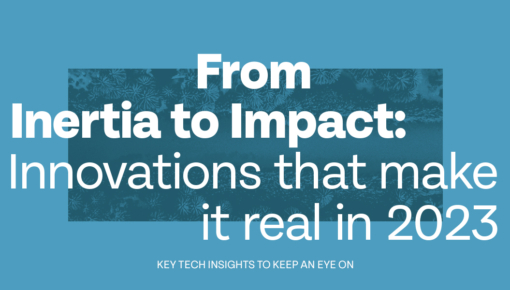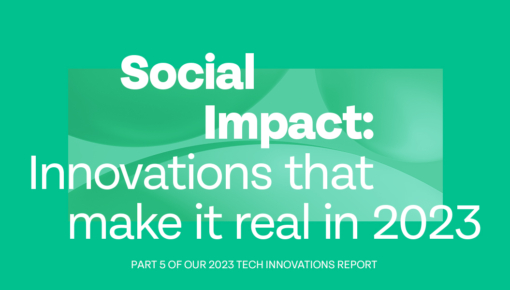The Rise and Rise of Virtual Design
Over the last few months, the world of virtual art, fashion and design has exploded into our daily headlines. From Beeple’s historic art sale at Christies for $63 million to windfall sales of digital collectibles from designers such as Andres Reisinger and Alexis Christodolou, the subject of NFT mania has been hard to avoid, polarizing people and opinions across design, art and even sustainability.
But this movement – the acquisition of virtual objects for use online – has already been around for quite some time. For those that are keen gamers, the idea of acquiring digital add-ons (costumes and skins) and mods for use within gaming environments is nothing new. In fact, it is a fundamental part of today’s game business models, as seen with hugely popular titles like Fortnite and Call of Duty. Even within the traditionally analogue world of fashion design, brands are starting to take notice and create products – virtual fashion essentially – that appeal to a new generation of shoppers who live a significant portion of their lives online. In 2019, The Fabricant started pioneering the idea of digital couture – garments freed from the restraints of the physical world that are modelled onto photos of their owners, creating unique and covetable content for their online channels. This in turn has inspired brands like Moschino and Balenciaga to embrace virtual platforms: from fashion shows in the forms of a cyberpunk videogame, to co-branded collections for The Sims.
This all comes together in the so-called Metaverse, the recently-coined name for the many platforms and virtual worlds that allow people to come together online. In these new ‘worlds’ people can interact (and transact) in ways that blur the boundaries of both physical and virtual realities. Often powered by blockchain and cryptocurrency technology, these realities, although seemingly ‘fringe’ at the moment, give us an insight into the not-too-distant future of online commerce. Accelerated no doubt by the global pandemic and the need for people to find new ways of interacting and creating communities. From new entrants such as Core that aims to be the ‘Youtube of Game Creation’ to established companies such as Nvidia also building new worlds, this space is heating up quickly.
So, what does this mean for brands and creators? Freed from the constraints of physical limitations, the virtual world offers an incredible new opportunity for designers and creators. Anything that can be imagined can now be made virtually, and thanks to blockchain directly attributed to its creator, helping to cut out the middleman and ensure transparency. Although the current aesthetic is still heavily influenced by game design and characterization, it will be fascinating to see how this visual language online matures and self-curates over time.
For brands, this represents the chance to find novel ways of reaching new generations and markets – but avoiding the pitfalls of jumping on the NFT bandwagon is key. While tactical plays can provide short-term media hype (I’m looking at you, Taco Bell), the challenge will be to find meaningful ways to build on core brand equities and portfolios in a way that feels credible and meaningful. Whether it means the development of virtual mobility solutions alongside now seemingly traditional electric and fossil-fuel vehicles, or entirely digital homeware collections, one thing is certain: imagining our future has never been more exciting.
This article is part of the series, Tech-Bites: exploring our favourite tech trends for 2021.



